11 New York-based firms bid to build Trump’s border wall
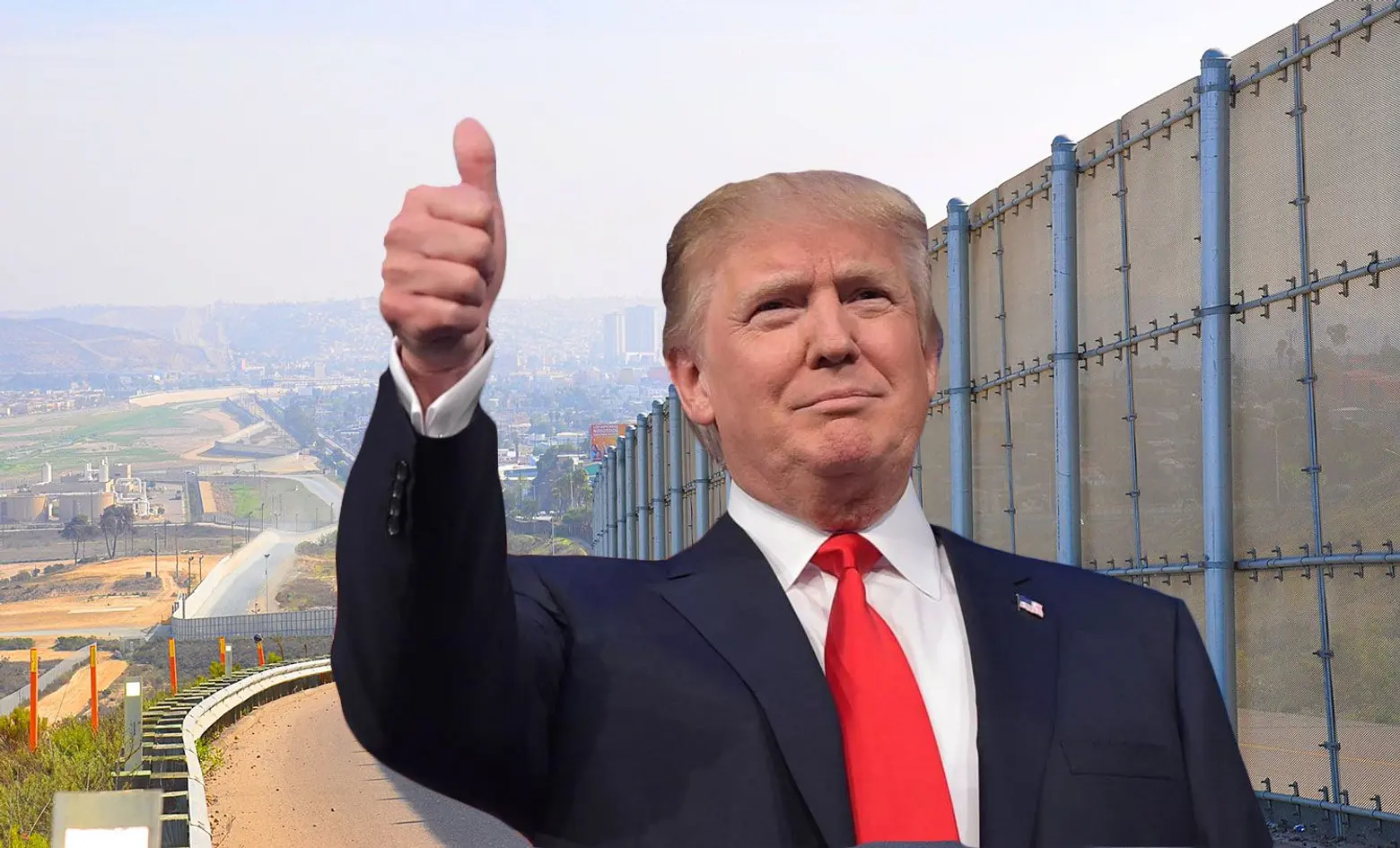
Despite the fact that Donald Trump received only 18 percent of presidential votes citywide, he’s getting a surprising show of NYC support when it comes to his $20 billion border wall. Crain’s reports that 11 New York-based firms, including contractors, architects, and “little-known small businesses,” have expressed interest in the project, seemingly undeterred by legislation proposed last month that would bar the city from signing contracts with companies involved in the wall. Though some of these applicants support Trump’s true intentions, others have taken a more creative approach, using the submission process as a way to support immigration and co-existence.
First, a little background on the bidding process. In February, U.S. Customs and Border Protection, who’s managing the project, issued a request for information; as of last week, 734 companies signed up. A couple weeks ago, the agency put out a request for proposals that included just a few specific, minimum requirements such as material (reinforced concrete), height (at least 18 feet, though 30 is preferable), depth underground (at least six feet), and that it be aesthetically pleasing on the U.S. side. As Crain’s explains, the RFP is more concerned with “potential breaches that the wall would need to thwart” than technical details. “The barrier must stymie climbers armed with ladders, grappling hooks or the type of handholds that can be affixed to the surface, often found in indoor-climbing gyms. The cement and other reinforcement materials would also need to delay for at least
As Crain’s explains, the RFP is more concerned with “potential breaches that the wall would need to thwart” than technical details. “The barrier must stymie climbers armed with ladders, grappling hooks or the type of handholds that can be affixed to the surface, often found in indoor-climbing gyms. The cement and other reinforcement materials would also need to delay for at least one hour would-be intruders armed with sledgehammers, pickaxes, car jacks and acetylene torches,” they explain. Regardless, about 200 firms have expressed interest in submitting formal proposals. Over the next few months, the agency will whittle down the list, selecting a handful of applicants to build a set of prototypes–a 30-foot-long piece to represent the full design and a 10-foot by 10-foot piece “that officials will try to smash their way through in a test of resiliency.”
Those who have submitted from NYC largely believe that the wall itself isn’t enough to prevent illegal crossings. Of the minimum depth, Dennis O’Leary of DarkPulse Technologies said, “A dog could dig that hole if you threw its bone down there.” His company’s patented monitoring products look at large pipelines and seismic activity in the rock walls of mine shafts. O’Learly, a former NYPD narcotics officer, proposes a fiber-optic cable network that would be embedded in the dirt along the wall and within the actual concrete to detect changes in the environment. He says it’ll cost about $88,700 per mile, which comes out to $110 million for the 1,250 miles that aren’t currently barricaded.
Similarly, Matthew Orent, chief operating officer at Long Island City-based engineering and construction company EIA, is offering up a monitoring system to coexist with the physical wall. They’d use lasers, cameras, and detection devices that would send instant alerts to authorities when unauthorized activity occurs on, under, or atop the wall, technology that could exist on its own in areas that can’t support the massive concrete structure. EIA currently provides security for airports, seaports, transit authorities, and energy companies, and Orent said he’s looking at the bid as merely a business opportunity: “I’d be foolish to dismiss it for political reasons, whether I agree with it or not.”
On the other end of the spectrum, architect Victoria Benatar, who’s also a part-time faculty member at The New School, is putting forth what she calls “the anti-wall,” a series of cultural centers along the border that would be open to both Americans and Mexicans as a way to learn about the other’s country. “I’d rather do something that helps grow and activate the border in a positive way,” she said.
Queens-based architect Vijay Duggal wants to cover the barrier with solar panels and wind turbines to generate electricity, thereby addressing the controversy over who will pay for the wall. “I think Mexico will come as an investment partner, not as a reimburser. It really changes the dynamics of the debate,” he said.
[Via Crain’s]
RELATED:
- De Blasio defends sanctuary city status, saying withheld funds would be millions, not billions
- The richest New Yorkers would benefit the most under Trump’s tax plan
- NYC schools, housing, and transit to lose hundreds of millions in federal aid under Trump’s budget
US-Mexico border image via BBC World Service/Flickr
Explore NYC Virtually
Leave a reply
Your email address will not be published.
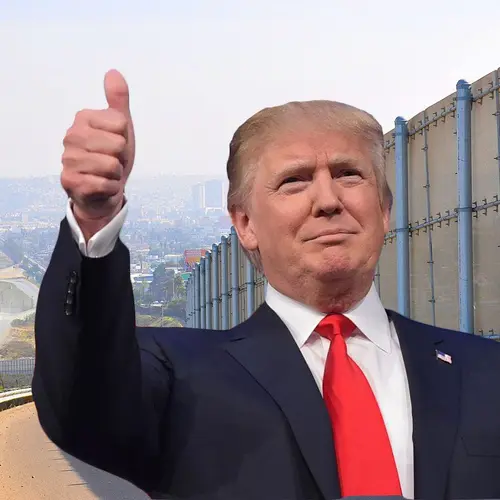
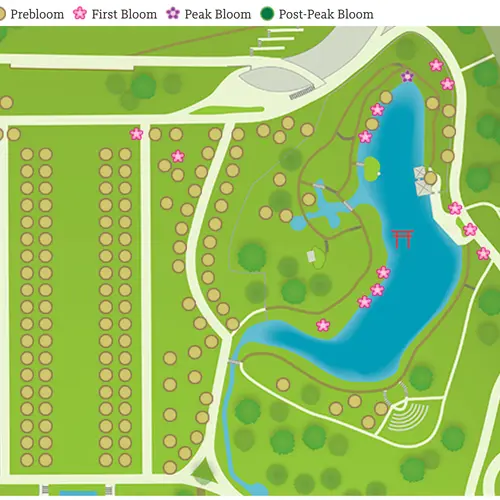



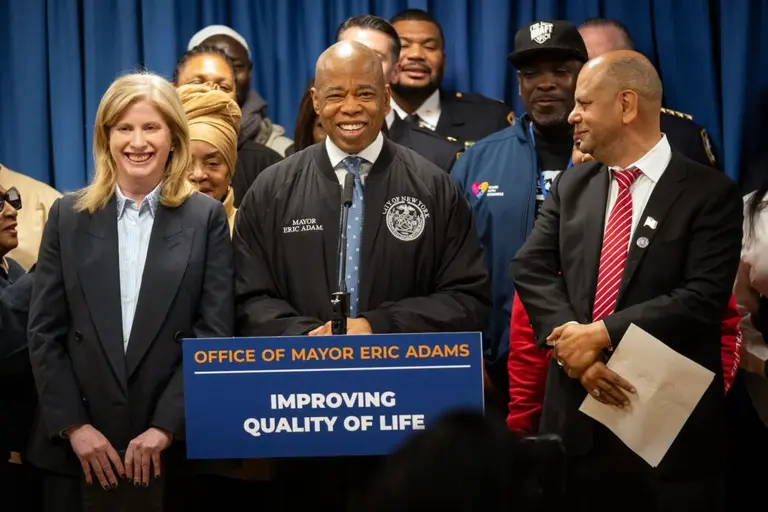
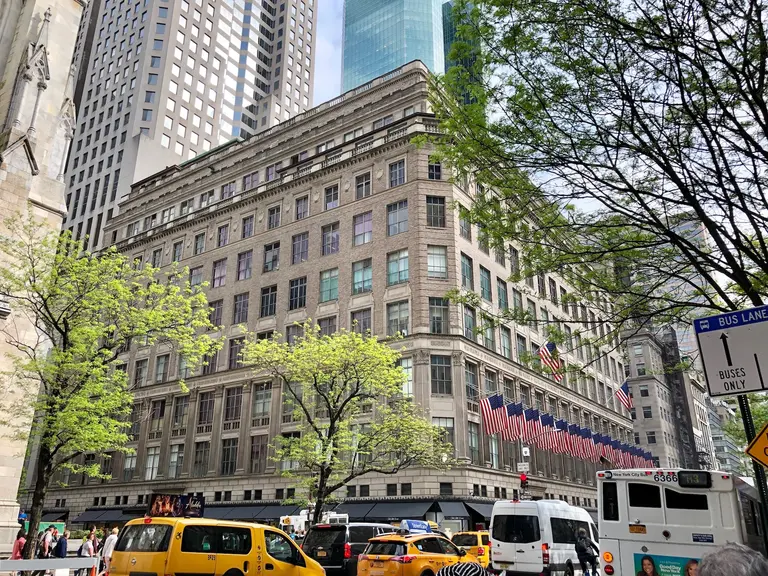
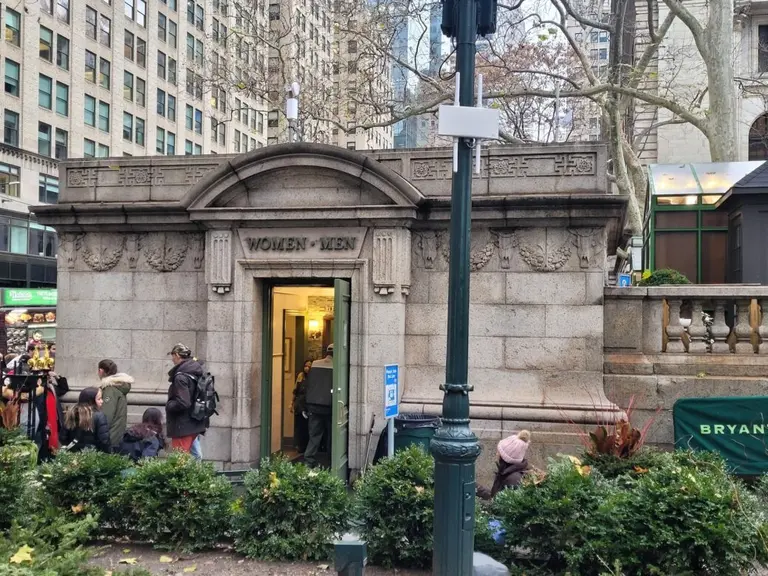





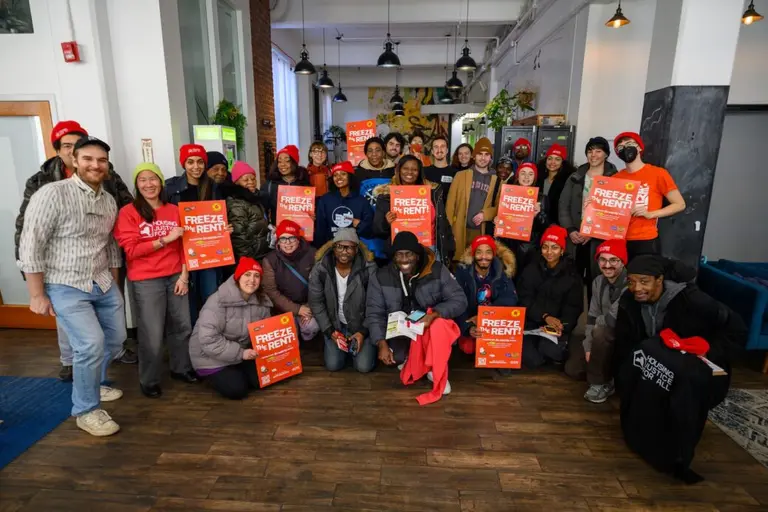

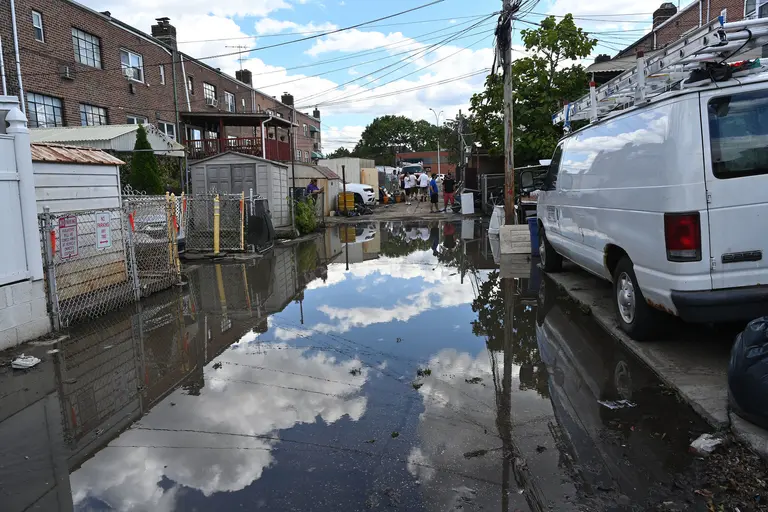

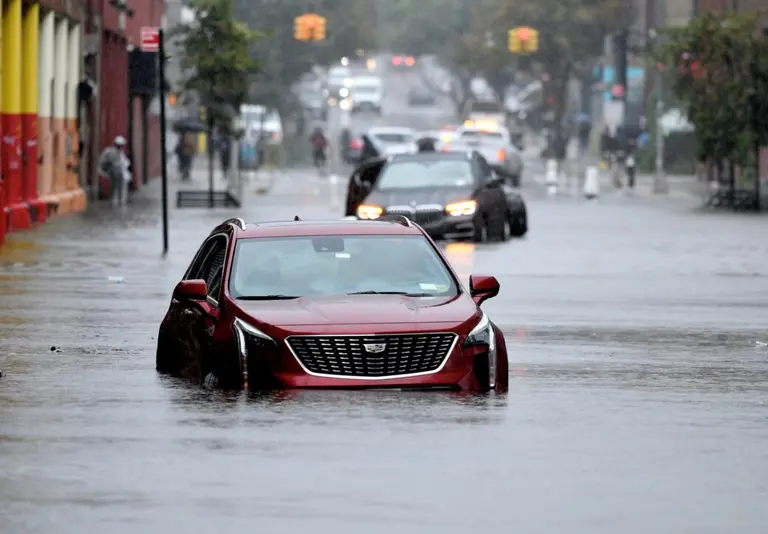












These firms could simply be clogging up the bidding system and therefore further delaying the start of this ridiculous project.